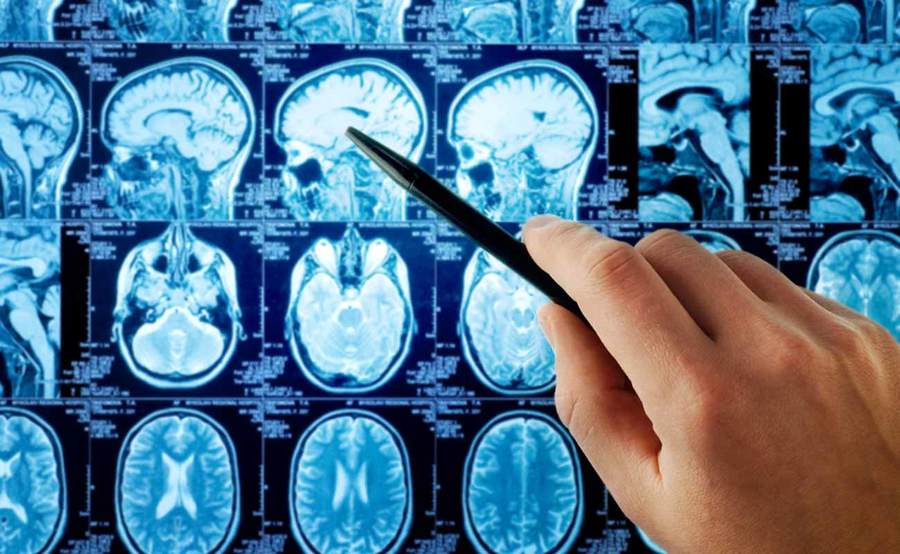Cerebrovascular Disease
Advanced technology for superior cerebrovascular care

Advanced technology for superior cerebrovascular care
The neurologists and neurosurgeons at Scripps care for the entire spectrum of cerebrovascular disorders, which involve the veins and arteries within the brain and neck. Using a combination of state-of-the art technology and sophisticated techniques, including minimally invasive neurointerventional surgery and microsurgery, Scripps offers one of the most advanced and comprehensive programs for cerebrovascular care.
Leading stroke care
Stroke is one of the most common brain conditions. As San Diego’s leader in stroke care, Scripps offers four primary stroke care locations throughout San Diego County at our four emergency departments.
Treatment options for stroke include:
Thrombectomy or thrombolysis for ischemic stroke
A procedure to surgically remove a clot from an obstructed blood vessel. For this procedure, the surgeon injects medication through a catheter that has been inserted into an artery and guided to the area of the clot. The medication softens the clot so it breaks up and can be suctioned out of the blood vessel to open the pathway in the brain.
Intracranial and carotid stenting for stroke prevention
A stent is a small tube that is inserted into an artery within the brain to keep it from becoming blocked.
Learn more about stroke care at Scripps.
Treatment innovations for cerebrovascular disorders
In addition to stroke care and stroke prevention, our neurosciences program treats a wide variety of cerebrovascular disorders. Treatment options include:
Aneurysm clipping
A cerebrovascular aneurysm is a weak spot in one of the blood vessels in the neck or head. The weakened area may stretch to create a balloon-like sack, which can burst and cause a hemorrhage within the brain. Clipping involves placing a small metal clip around the neck of the aneurysm to prevent blood from flowing into the weakened area.
Angioplasty and stenting of the carotid, vertebral and intracranial arteries
During this procedure, a surgeon uses tiny tubes called microcatheters to place a stent (a small mesh tube) inside a blocked artery inside your head, neck or spine. The mesh tube holds the artery open to allow blood to flow properly.
Embolization for aneurysm, including coiling
In this procedure, medications or synthetic materials (called embolic agents) are placed inside a blood vessel to prevent blood flow to the area. Coiling involves using thin platinum wires to fill the space within the aneurysm to prevent blood from filling the weakened area. This reduces the chance of a rupture and hemorrhage inside the brain.
Treatment for arteriovenous malformations (AVM) and dural AVM
An AVM is an abnormal connection between the arteries and veins in the brain. Treatment can include embolization to redirect the blood flow.
Cerebrovascular bypass procedures
This procedure reroutes the blood flow through the brain to avoid a damaged vessel.
Treatment for vasospasm
Following an aneurysm or hemorrhagic stroke, where blood rapidly leaks from a blood vessel, the surrounding blood vessels can spasm and contract, which can lead to decreased blood flow to the head and neck. Vasospasm is treated through an infusion of medication directly into the spasming vessel. Scripps is the only health system in San Diego to provide treatment for vasospasm 24 hours a day, seven days a week.
Locations
Scripps Health offers cerebrovascular care at the following locations in San Diego County: